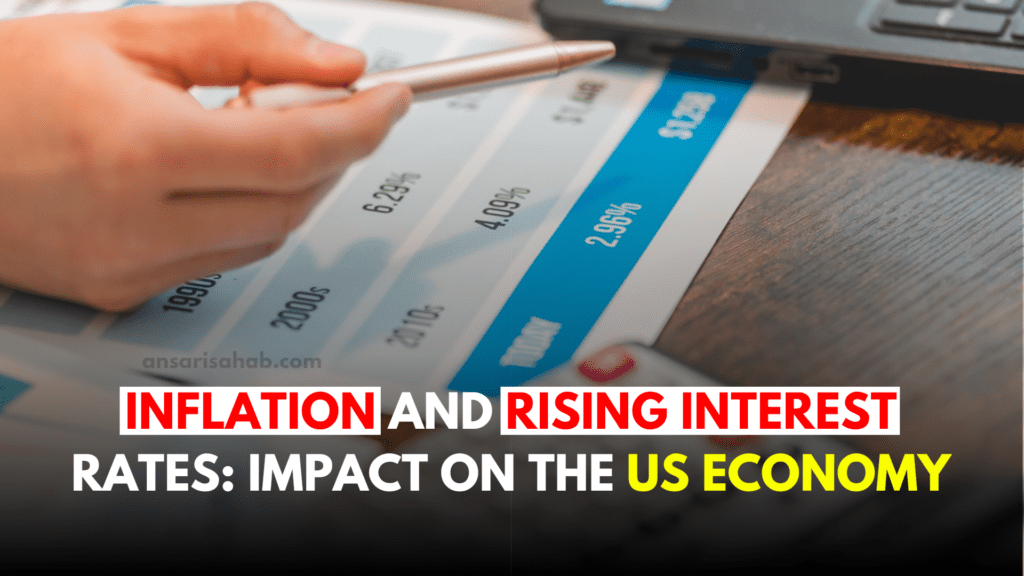Major Change Unveiled on GST 2.0 Impact on E-commerce
India’s latest GST overhaul—dubbed GST 2.0—has come into effect from September 22, 2025. Key implications for the impact of GST 2.0 on e-commerce and service providers include the imposition of an 18% tax on delivery fees and widespread compliance adjustments across digital platforms and marketplaces.
Background: What GST 2.0 Introduces
GST 2.0 simplifies the previously complex four-tier tax system by consolidating it into a two-slab structure—5% for essentials and 18% standard—while introducing a 40% “sin/luxury” rate for select items.
For services, the reform introduces a clear two-rate framework:
- 5% without input tax credit (ITC) for consumer-facing services
- 18% with ITC for B2B and capital-intensive services.
Crucially, local delivery services have been realigned: platforms like Zomato, Swiggy, and Blinkit now bear the GST responsibility rather than individual gig workers.
E-Commerce Platforms Feel the Heat
Higher Costs on Delivery
With the impact of GST 2.0 on e-commerce clear, delivery charges now attract 18% GST—adding cost pressure on leading platforms. Analysts and companies are exploring whether to absorb this cost or pass it on to consumers.
Festive Season Chaos
The reform’s timing—with the festive sales season underway—has complicated compliance and billing procedures. Sellers across Amazon, Flipkart, and Meesho face uncertainty, prompting delayed promos and concern over invoice accuracy.
Consumer Behaviour Shift
Uncertainty around tax rates has led shoppers to postpone big-ticket online purchases like electronics and appliances. However, analysts expect demand to rebound sharply once the new rates settle, especially as Diwali approaches.
Insights from Experts & Authorities
- The GST Council prioritized rate consolidation, trade facilitation, and simplified compliance, signaling a push toward ease of business.
- The shift of GST liability to platforms aims to reduce burden on gig workers, though it forces firms to adapt their billing and accounting systems rapidly.
What This Means for Businesses and Consumers
| Stakeholder | Impact |
|---|---|
| E-Commerce Platforms | Facing margin pressures, operational disruptions, and system updates. |
| Sellers (SMEs) | Dealing with unclear invoicing, needed tech changes, and festive sales anxiety. |
| Consumers | Some delays in festive purchases; potential rise in delivery costs. |
| Gig Workers | Reduced liability, but platforms must manage increased compliance duties. |
Platforms now shoulder GST compliance for delivery, increasing operational responsibilities. Sellers require real-time updates in billing systems, while customers may endure slight pricing adjustments or delays.
FAQs
A1: Delivery fees on platforms like Zomato, Swiggy, and Blinkit now attract 18% GST, potentially increasing costs for consumers or reducing platform margins.
A2: The GST slab overhaul disrupted billing systems and compliance processes just as festive demand peaks, causing confusion and last-minute adjustments.
A3: No—under GST 2.0, platforms now bear responsibility for delivery GST, relieving gig workers of tax compliance, but amplifying platform obligations.
The impact of GST 2.0 on e-commerce is immediately visible, spanning delivery costs, operational shifts, and festive season dynamics. As systems adapt, smoother compliance and clearer pricing are expected—ushering in a more streamlined future for digital commerce in India.
Sources:
Reuters
Economic Times
Times of India









